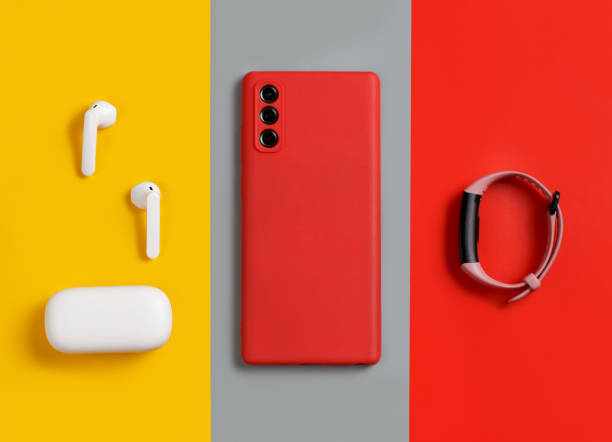
Introduction
The Asia-Pacific Mobile Phone Accessories Market is a vibrant hub of technological adoption and burgeoning fitness culture, presents a dynamic landscape for mobile phone accessories. Among the plethora of audio solutions, bone conduction headphones are emerging as a compelling innovation, particularly for individuals embracing active lifestyles. Moving beyond traditional in-ear or over-ear designs, these headphones offer a unique way to listen to audio while remaining connected to the surrounding environment. This article delves into the growing popularity of bone conduction technology in the Asia-Pacific market, its advantages for active users, key players, emerging trends, and the overall SEO landscape surrounding this niche.
Understanding Bone Conduction Technology
At its core, bone conduction technology transmits sound vibrations directly to the inner ear through the cheekbones, bypassing the eardrums entirely. This ingenious design leaves the ear canals open, allowing users to hear ambient sounds such as traffic, conversations, and potential hazards while enjoying their music, podcasts, or calls. This fundamental difference sets bone conduction headphones apart and makes them particularly appealing for activities where situational awareness is paramount.
The Rise of Active Lifestyles in Asia-Pacific
The Asia-Pacific region is witnessing a significant surge in health and fitness consciousness. Increased disposable incomes, greater awareness of well-being, and the influence of global fitness trends are driving more people to engage in outdoor activities like running, cycling, hiking, and various sports. This growing active population represents a prime target market for bone conduction headphones, which seamlessly integrate with their needs and preferences.
Why Bone Conduction Headphones are Ideal for Active Users
Several key advantages position bone conduction headphones as the perfect audio companion for active individuals in Asia-Pacific:
Enhanced Safety: The open-ear design is the most significant benefit, allowing users to remain aware of their surroundings. This is crucial for safety during outdoor activities in often crowded and dynamic urban environments across the region. Imagine a cyclist navigating busy city streets in Tokyo or a runner traversing a park in Singapore – the ability to hear approaching vehicles or pedestrians is invaluable.
Comfort and Hygiene: Unlike traditional earbuds that can cause discomfort or irritation during prolonged use and trap moisture, bone conduction headphones rest gently on the cheekbones. This open-ear design also promotes better hygiene by allowing airflow and reducing the risk of ear infections, a significant concern in the humid climates prevalent in many parts of Asia-Pacific.
Secure Fit: Designed to wrap around the head, bone conduction headphones offer a stable and secure fit, even during vigorous movements. They are less likely to fall out compared to earbuds, making them ideal for high-impact activities.
Durability and Water Resistance: Many bone conduction headphones are built to withstand the rigors of active use, often featuring sweat and water resistance. This is particularly important in the often hot and humid weather conditions experienced throughout the Asia-Pacific region.
Seamless Integration with Mobile Devices: Like other wireless headphones, bone conduction models connect seamlessly to smart phones and other mobile devices via Bluetooth, allowing users to enjoy music, take calls, and access voice assistants without interruption to their activities.
Key Players in the Asia-Pacific Bone Conduction Market
While the bone conduction headphone market is still evolving, several key players are actively catering to the Asia-Pacific demand:
AfterShokz (now Shokz): A global leader in bone conduction technology, Shokz has a strong presence in the Asia-Pacific market, offering a range of models catering to different needs and budgets. Their focus on research and development has led to advancements in sound quality and comfort.
Philips: A well-established electronics brand, Philips offers bone conduction headphones that leverage their audio expertise and brand recognition in the region.
Various Local and Emerging Brands: As the popularity of bone conduction technology grows, numerous local and emerging brands within Asia-Pacific are entering the market, often offering competitive pricing and features. These brands are particularly attuned to the specific preferences and price sensitivities of consumers in different parts of the region.
Technology Giants: Major technology companies are also exploring or have entered the audio accessory market, and while not exclusively focused on bone conduction, their presence could influence the future landscape.
Emerging Innovations and Developments
The field of bone conduction technology is continuously evolving, with several exciting innovations and developments on the horizon for the Asia-Pacific market:
Improved Sound Quality: Early bone conduction headphones sometimes faced criticism for their sound quality compared to traditional headphones. However, advancements in transducer technology and algorithms are significantly improving the richness, bass response, and clarity of audio delivered through bone conduction.
Enhanced Comfort and Design: Manufacturers are focusing on creating lighter, more ergonomic designs that offer a comfortable fit for a wider range of head sizes and shapes, crucial for appealing to the diverse population in Asia-Pacific.
Integration of Additional Features: Beyond audio playback, newer bone conduction models are incorporating features like built-in microphones for clearer calls in noisy environments, onboard storage for music playback without a phone, and even integration with fitness tracking apps.
Miniaturization and Discreet Designs: Future iterations may see even smaller and more discreet bone conduction devices that can be seamlessly integrated into eyewear or other accessories.
Customization and Personalization: There's potential for future developments to include personalized audio profiles based on individual hearing characteristics and preferences.
Marketing and SEO Considerations for Bone Conduction Headphones in Asia-Pacific
To effectively reach the target audience in the Asia-Pacific region, manufacturers and retailers need to implement robust marketing and SEO strategies. This involves understanding the nuances of online search behavior and the specific keywords that potential customers use.
Relevant Keywords:
Primary Keywords: bone conduction headphones, open-ear headphones
Secondary Keywords: safety headphones, running headphones, cycling headphones, sports headphones, waterproof headphones, sweatproof headphones, hear ambient sound headphones, Asia-Pacific headphones, [specific country] headphones (e.g., India headphones, Japan headphones, Australia headphones), comfortable sports headphones, hygienic headphones.
Long-Tail Keywords: best bone conduction headphones for running in [city], where to buy bone conduction headphones in [country], are bone conduction headphones safe for ears, bone conduction headphones vs traditional headphones for cycling, comfortable open-ear headphones for long workouts.
Challenges and Opportunities
While the potential for bone conduction headphones in Asia-Pacific is significant, there are also challenges to consider:
Awareness and Education: Many consumers in the region may still be unfamiliar with bone conduction technology and its benefits. Educational marketing efforts are needed to raise awareness and understanding.
Price Sensitivity: In some parts of Asia-Pacific, price sensitivity can be a significant factor. Balancing premium features with competitive pricing will be crucial for wider adoption.
Competition from Traditional Headphones: The market for traditional earbuds and over-ear headphones is well-established. Bone conduction headphones need to effectively communicate their unique advantages to carve out a significant market share.
Counterfeit Products: The prevalence of counterfeit electronics in some Asia-Pacific markets poses a threat to legitimate brands. Robust anti-counterfeiting measures are necessary.
Despite these challenges, the opportunities for bone conduction headphones in the Asia-Pacific market are immense. The growing emphasis on health and fitness, coupled with the increasing demand for safe and convenient audio solutions, positions bone conduction technology for significant growth. By understanding the specific needs and preferences of active consumers in this dynamic region and implementing effective marketing and SEO strategies, brands can successfully tap into this burgeoning market.
Conclusion
Bone conduction headphones represent a compelling evolution in mobile phone accessories, perfectly aligning with the active lifestyles embraced by a growing population in the Asia-Pacific region. Their unique open-ear design offers unparalleled safety and comfort for outdoor enthusiasts, while continuous technological advancements are improving sound quality and adding valuable features. As awareness and understanding of this technology increase, and as brands effectively target the active community through localized and SEO-optimized marketing efforts, bone conduction headphones are poised to become an increasingly popular choice for those seeking to seamlessly integrate audio into their active lives in the vibrant and dynamic Asia-Pacific landscape.


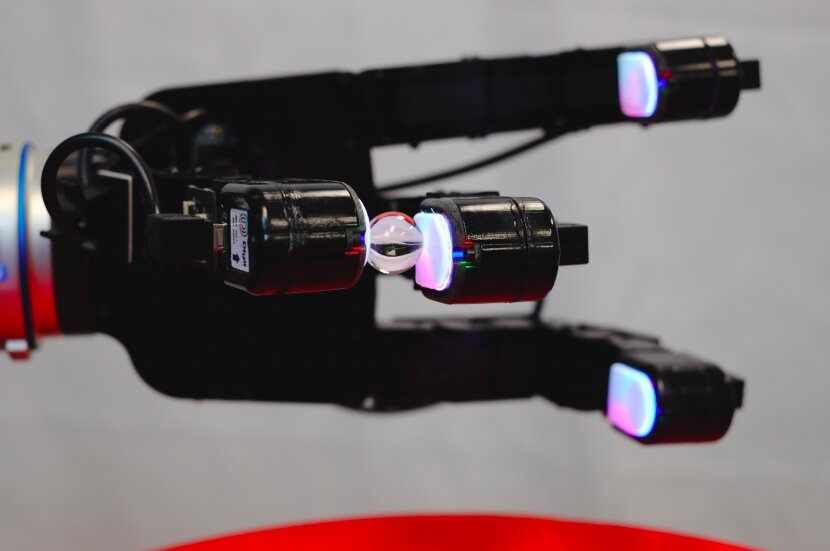



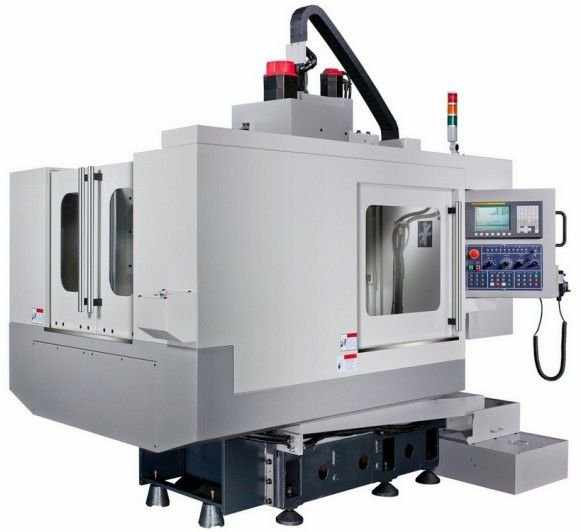
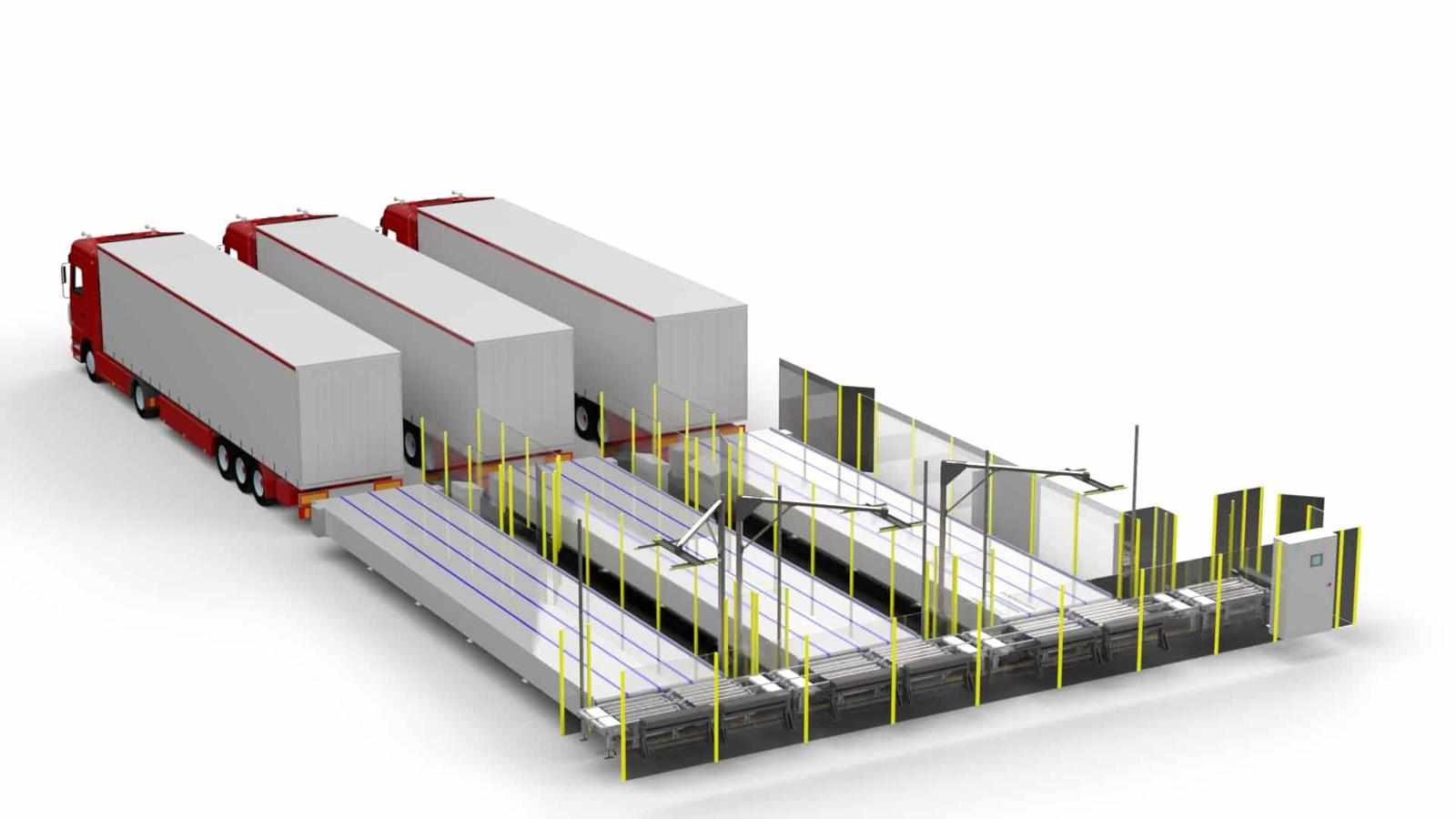
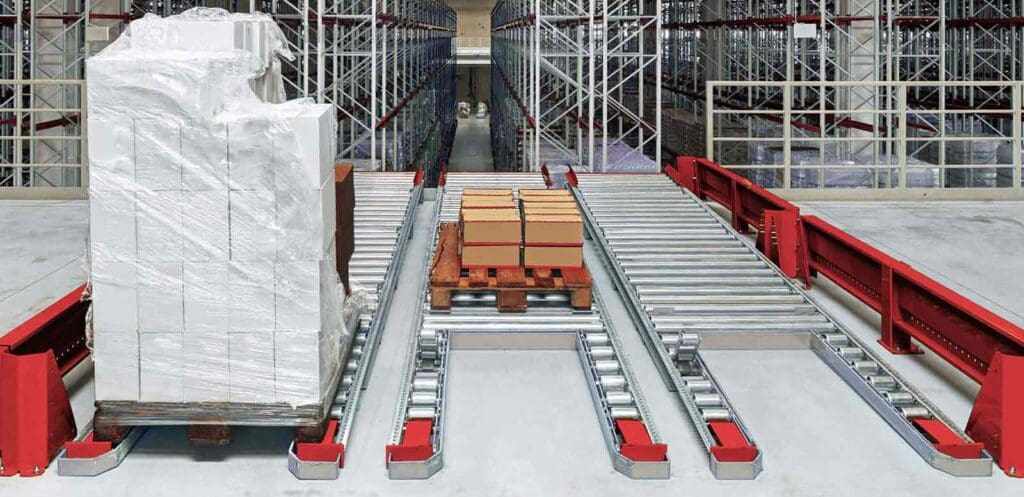
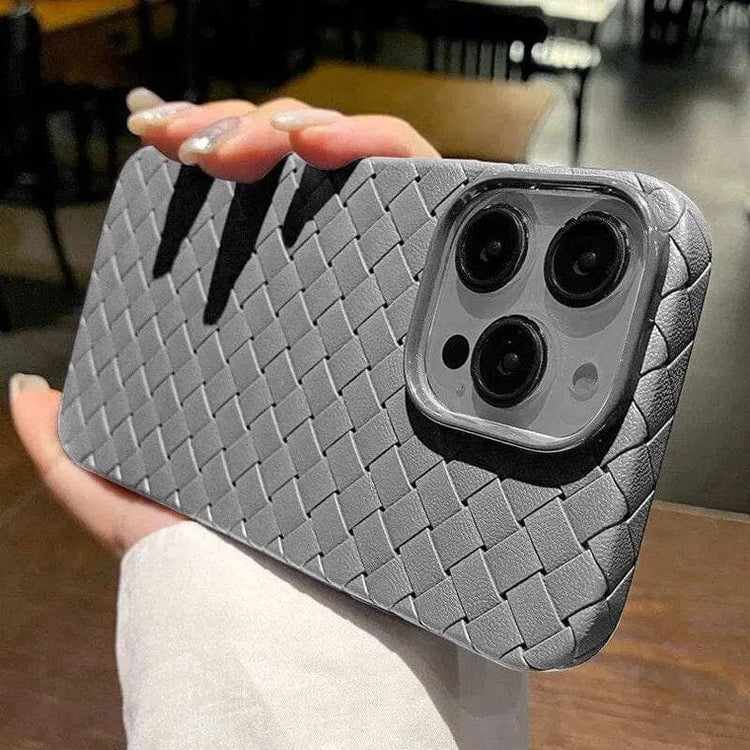
Write a comment ...